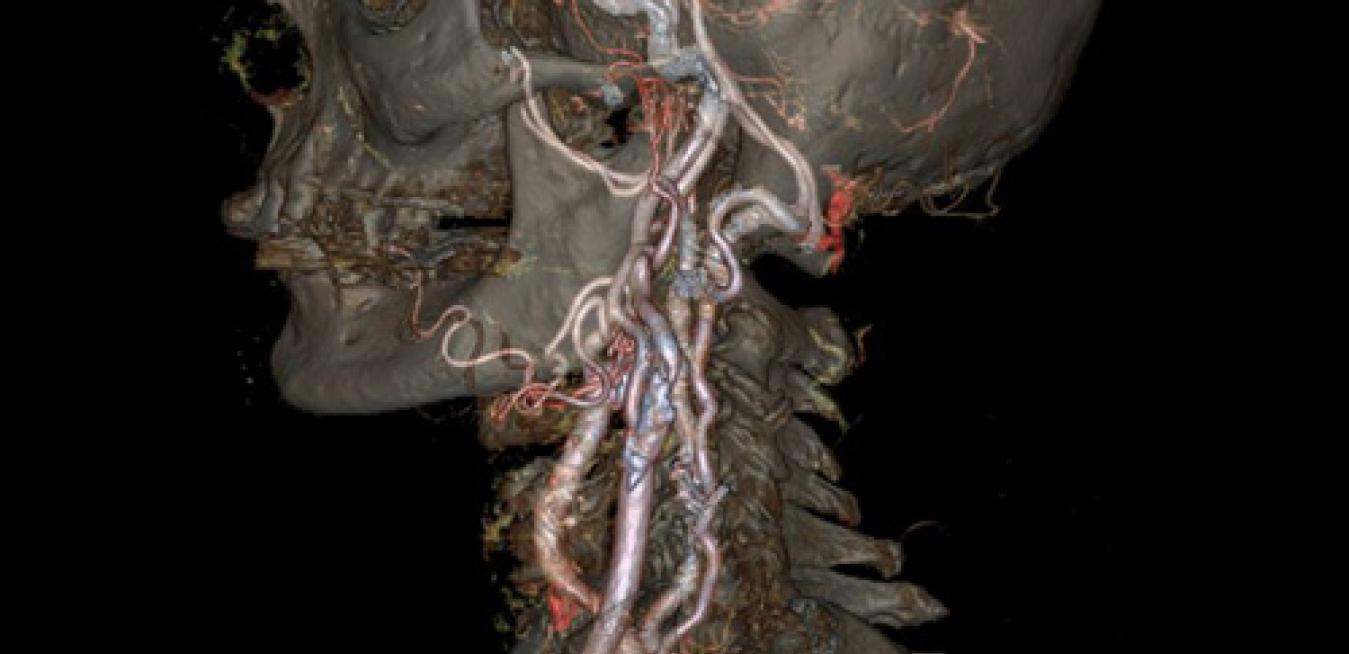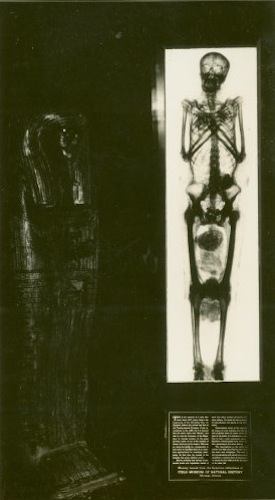
In 1896, one year after Wilhelm Conrad Roentgen announced his discovery of X-rays, GE’s Elihu Thomson built an electrical X-ray scanner and demonstrated the use of stereoscopic “roentgen” pictures for diagnosing bone fractures and locating foreign objects in the body. In 1939, GE medical scanners produced X-ray images of mummies for the New York World’s Fair (above). Image courtesy of the New York Public Library.
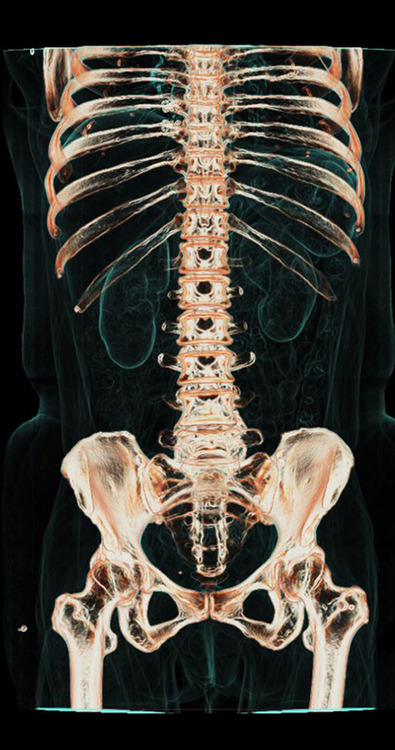
GE’s latest medical scanners like the Revolution CT* produce detailed pictures of the skeleton and internal organs. The machine can capture a clear image of the heart in only one beat and take high-definition pictures of carotid arteries (top picture).
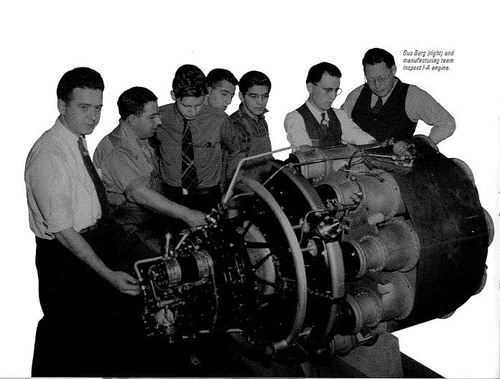
During World War II a group of GE engineers worked non-stop for 10 months inside a drab workshop near Boston on a top secret government project. Their goal was to win the war but they ended up shrinking the world. The Hush-Hush Boys, as they were called, built the first American jet engine.
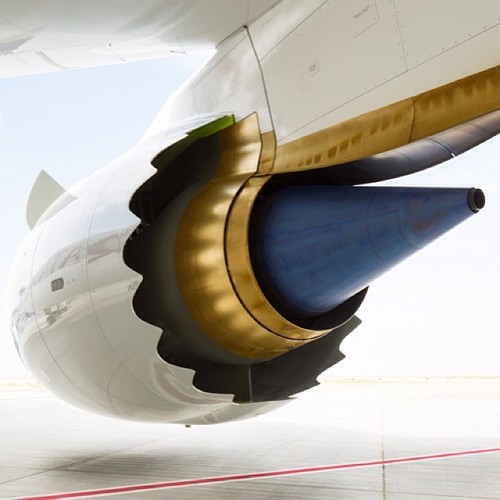
GE’s latest jet engines like the GEnx-1B, developed for Boeing’s Dreamliner, use composite fan blades, advanced manufacturing methods, efficient burning technology and other innovations to reduce fuel consumption, noise and emissions. In 2011, a pair of GEnx-1Bs powered a Dreamliner halfway around the world on a tank of gas, then finished the job on the next tank. The journey set a weight-class distance record for the 10,337-nautical mile first leg, and a record for quickest around the world flight: 42 hours and 27 minutes.
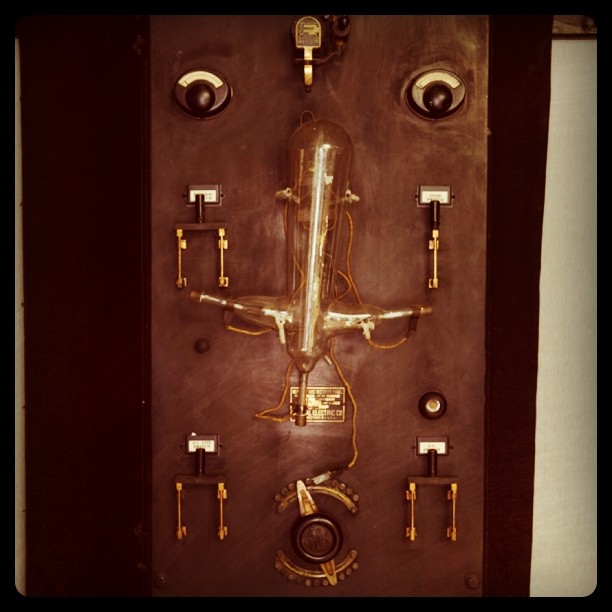
In 1900, some 38 percent of American cars were powered by electricity, 40 percent used steam, and only 22 percent burned gasoline. There was even a fleet of electric taxis in New York City. GE made some of the first EV chargers for the vibrant market.
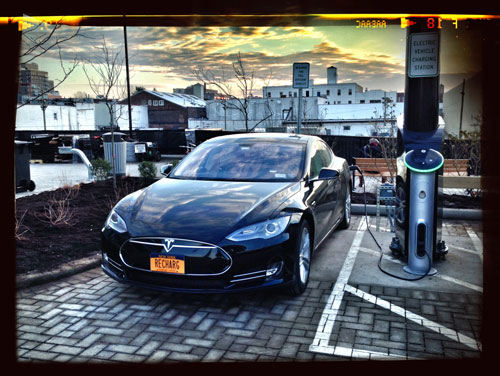
In 2014, the “skypump” combines a vertical wind turbine developed by Urban Green Energy (UGE) with GE’s powerful WattStation EV charger. The 4-kilowatt wind turbine supplies the charging station with electricity anyplace the wind blows.
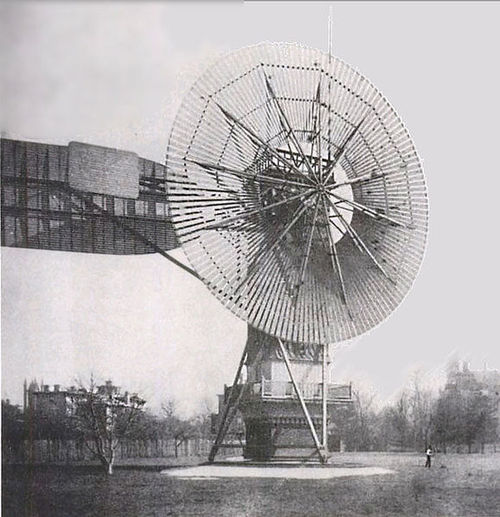
In 1887, Charles F. Brush built the first power generating wind turbine in Cleveland, Ohio. It was a 4-ton, 60-foot monster with 144 blades and a long, comet-like tail. It generated just 12 kilowatts of electricity – enough supply no more than three modern American homes. Brush merged his electric company with Thomas Edison’s GE.
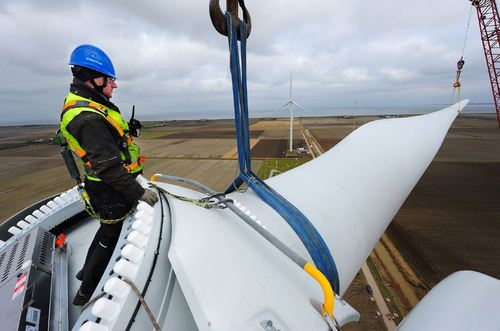
Today, GE’s largest turbines tower 650-feet above the ground, span 25 stories in diameter, and produce 2.5 megawatts of electricity each. Engineers have also started connecting wind farms to the Industrial Internet. Software and big data can make turbines more productive and competitive by lowering the cost of electricity. One such technology called PowerUp already allows wind farm operators to monitor performance in real time and boost power output by as much as 5 percent per turbine. This could translate to a 20 percent increase in profit.
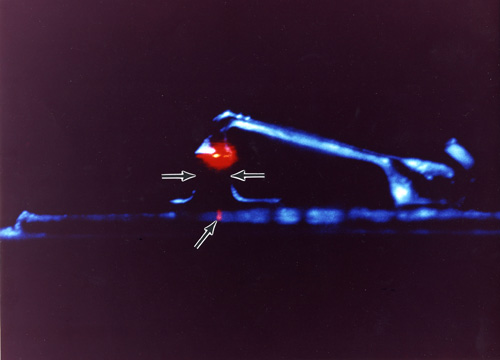
It is common knowledge that Thomas Edison illuminated the world with his light bulbs. But few people know that in 1962 GE engineer Nick Holonyak built the world’s first light-emitting diode, or LED. Without it, there would be no iPad retina displays, smartphones, or efficient street lighting.

Modern LEDs need as little as one third of the power to shine like ordinary 100-watt light bulbs, and last up to 25,000 hours. GE engineers are helping with plans to build the world’s largest crystal chandelier in Cleveland’s Playhouse Square. The 20-foot chandelier will use 4,200 crystal pieces and tens of thousands of LED lights and lighting modules. It will be permanently suspended 40 feet above the street from a special steel support system. The “GE Chandelier,” as it will be called, will top Doha’s Reflective Flow light piece, which measures 19 feet in height at the tallest point, according to the Guinness Book of World Records.

Today, GE gas turbines based on jet engine technology are powering the world’s fastest ship, the Francisco. The wave-piercing catamaran seats 1,000 passengers, carries 150 cars and travels as fast as 58.1 knots, or 67 miles per hour. The image above shows the wake behind the Francisco cruising at 57 knots outside Hobart, Tasmania.

Researchers working in GE labs are now using a special magnetic material to build a cooling system projected to be 20 percent more efficient than current refrigeration technology. It could be inside your fridge by the end of the decade. The system is using a water-based fluid flowing through a series of magnets to transfer heat, rather than a chemical refrigerant and a compressor. This significantly lowers any harm to the environment and makes the recycling of old refrigerators simpler.
*Revolution is 510(k) pending at FDA and not available for sale in the U.S. Not yet CE market, not available for sale in all regions.
